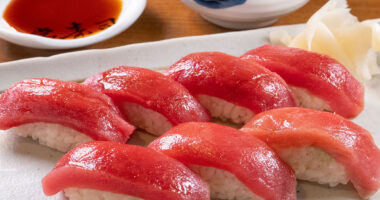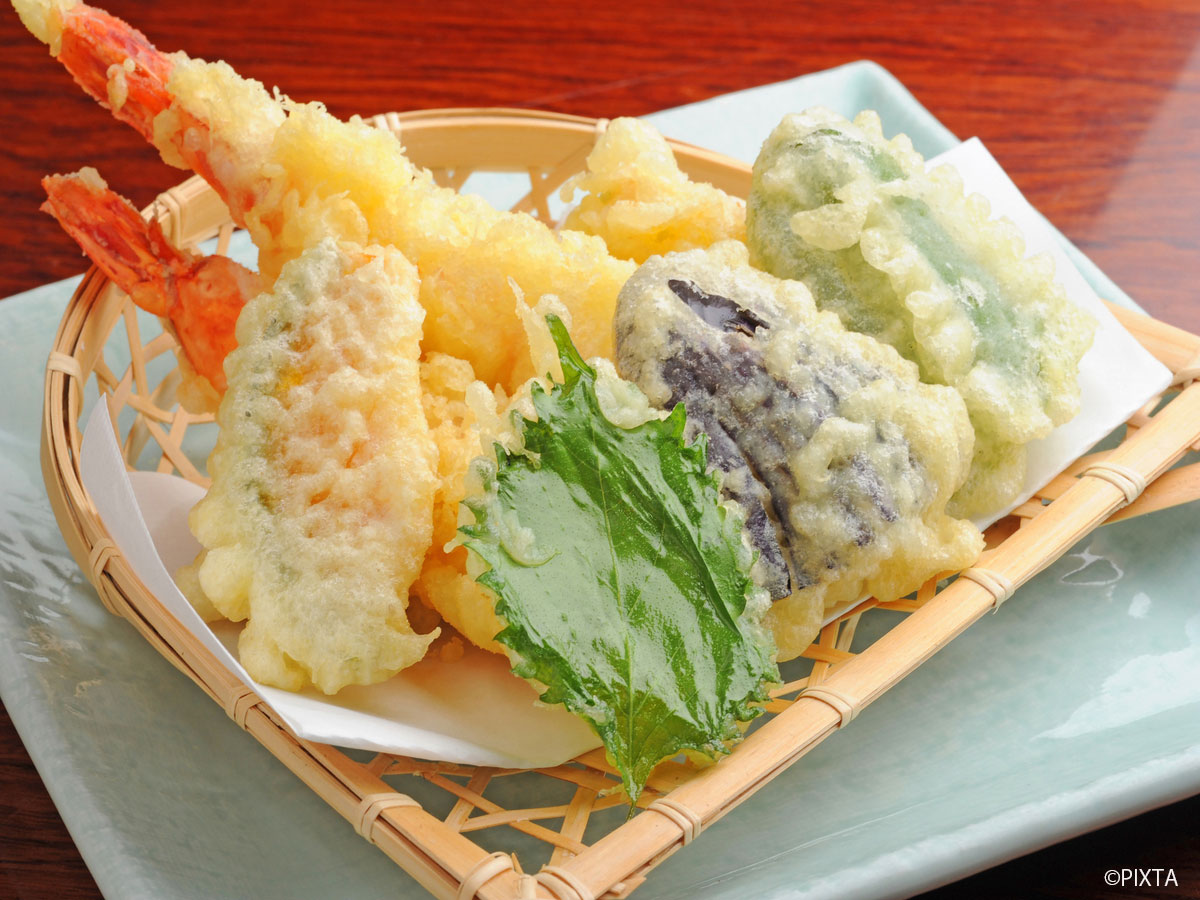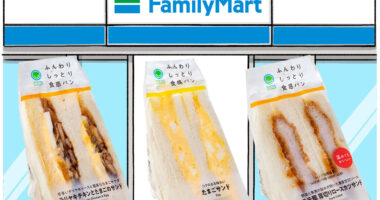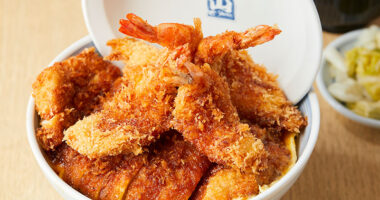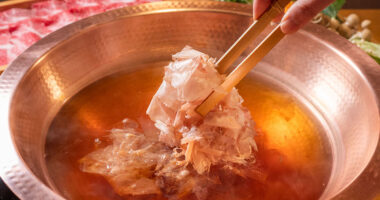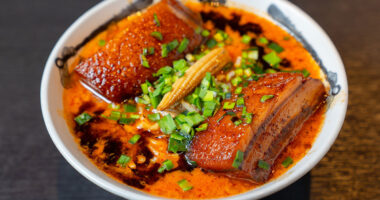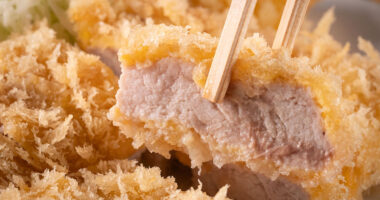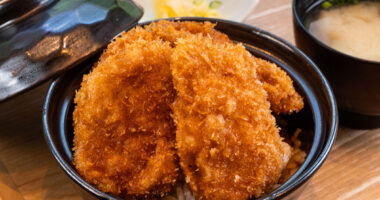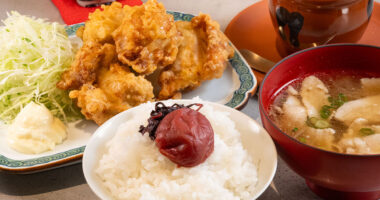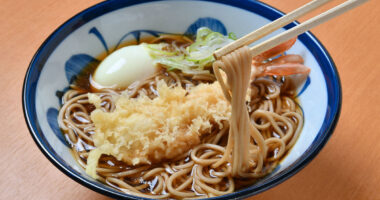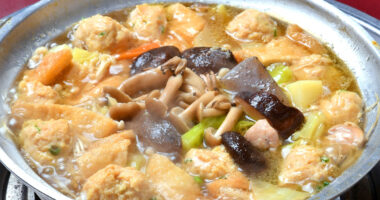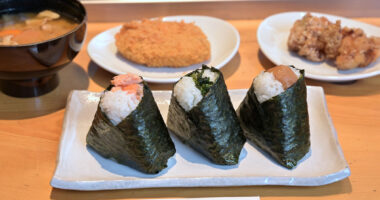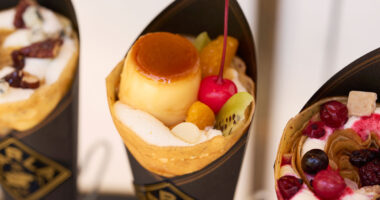Although Japan offers a variety of traditional alcoholic beverages, some of them regional specialties, sake—known as 日本酒 nihonshu (lit. “Japanese alcohol”) in Japanese—and 焼酎 shōchū are two of the most representative and popular kinds. Both sake and shochu are often paired with traditional cuisine.
What are sake and shochu?
Sake and shochu are traditional Japanese alcoholic drinks that have been enjoyed for centuries. Sake is made by fermenting rice, water, and 麹 kōji (a type of mold) and typically has an alcohol content around 15%, while shochu is a distilled beverage made from various ingredients such as sweet potato, barley, and rice and has an average alcohol content of 25%. Both are an important part of Japanese culture and are often paired with traditional cuisine.
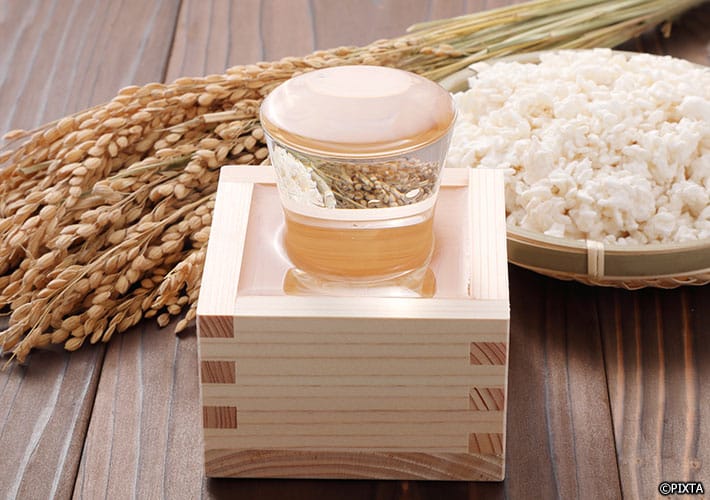
In addition to water, sake is made with rice and koji.
Where to get sake and shochu
Sake and shochu can be found in many places throughout Japan, including izakayas (Japanese gastropubs), restaurants, and bars. Visitors can also purchase them at liquor stores, souvenir shops, supermarkets, and convenience stores. The price of sake and shochu can vary depending on the quality and brand, but generally, for a 720 ml bottle, you can buy sake or shochu for as cheaply as around 700 JPY and between 1,000 and 2,000 JPY for better quality, all the way up to 10,000 JPY or more for the best bottles.

Types of sake and shochu
Sake can be divided into several main categories based on the amount of rice polishing and other factors. 本醸造酒 honjōzō-shu is made with rice that has been polished to at least 70%, and has a small amount of added alcohol. 純米酒 junmai-shu is made with only rice, water, yeast, and kōji, and has no added alcohol. 吟醸酒 ginjō-shu is made with rice that has been polished to at least 60%, and has a fruity aroma and a light, crisp taste. 純米吟醸酒 junmai ginjō-shu is made with only rice, water, yeast, and kōji, and has a fruity aroma and a smooth taste. 大吟醸酒 daiginjō-shu is made with rice that has been polished to at least 50%, and has a delicate, complex flavor. 純米大吟醸酒 junmai daiginjō-shu is made with only rice, water, yeast, and kōji, and has a rich, full flavor.
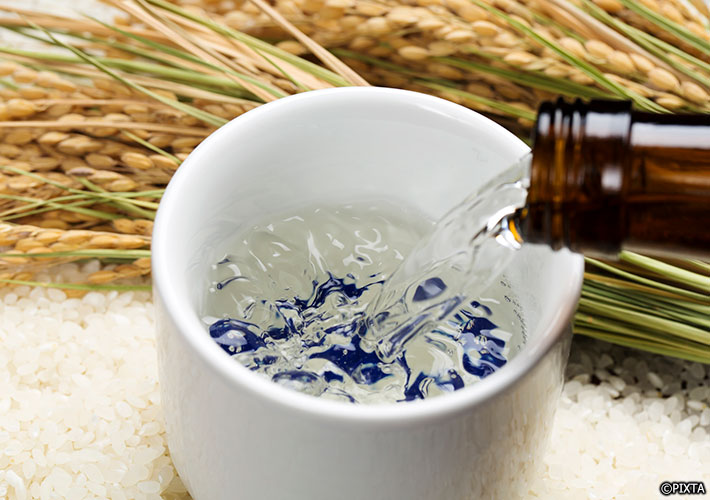
Sake
Shochu can be made from a variety of ingredients, including sweet potato (芋), barley (麦), and rice (米). Each type has its own unique flavor and aroma, and can be enjoyed on its own or mixed with water or soda. Shochu is often paired with small dishes such as yakitori (grilled chicken skewers) and edamame (boiled soybeans).
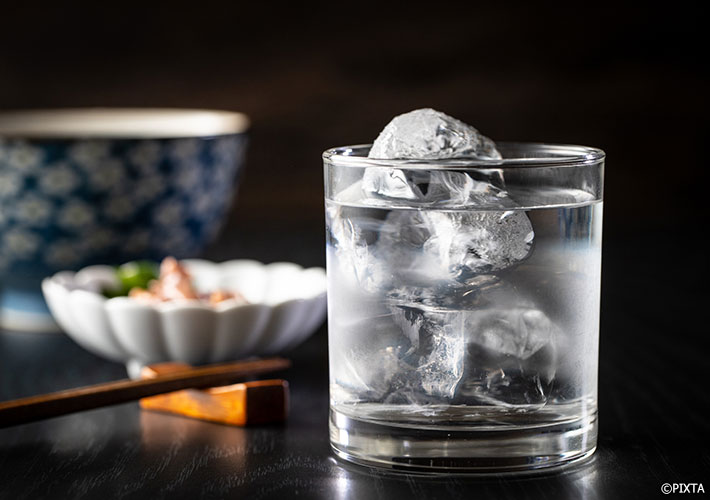
Shochu on the rocks.
Tips for enjoying sake and shochu
When it comes to enjoying sake, it is recommended to serve it chilled or at room temperature. There are many receptacles for drinking sake, two of the most common of which are a small cup called a choko or a square cup called a 枡 masu made of lacquer or cypress wood. In some gastropubs and restaurants, they put a glass in the middle and pour sake until it overflows into the masu, a serving style known as もっきり mokkiri. Shochu, on the other hand, can be enjoyed chilled on the rocks or heated, in which case it’s sometimes diluted with hot water.
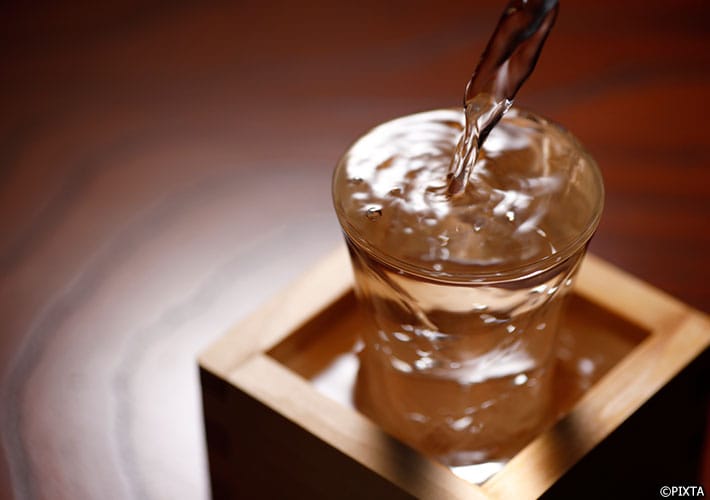
Sake served mokkiri style.
Another way to appreciate Japan’s traditional alcoholic drinks during your trip to Japan is to visit a brewery. If you do, dress warmly in the winter and bring an extra layer in the summer since the temperature is kept cold to allow sake to ferment. Also, to avoid microbial contamination, breweries often ask that visitors avoid eating fermented foods prior to their visit and wearing perfume or cologne. After you’ve toured the brewing facilities, you’ll usually have a chance to sample a variety of sake and even buy some to take home.
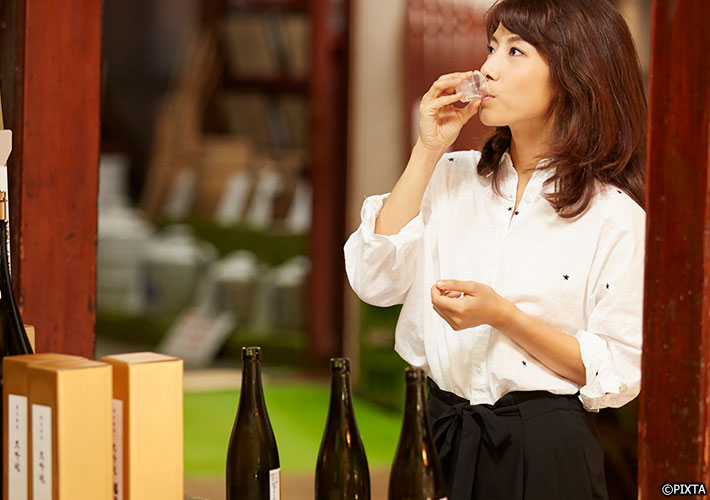
Taste testing at a sake brewery visit.
In conclusion, sake and shochu are traditional Japanese drinks that offer a unique taste of Japan. Whether you’re enjoying it at a local izakaya, visiting a sake brewery, or buying a bottle to take home as a gift or for your home, there’s no better way to immerse yourself in Japanese culinary culture.

